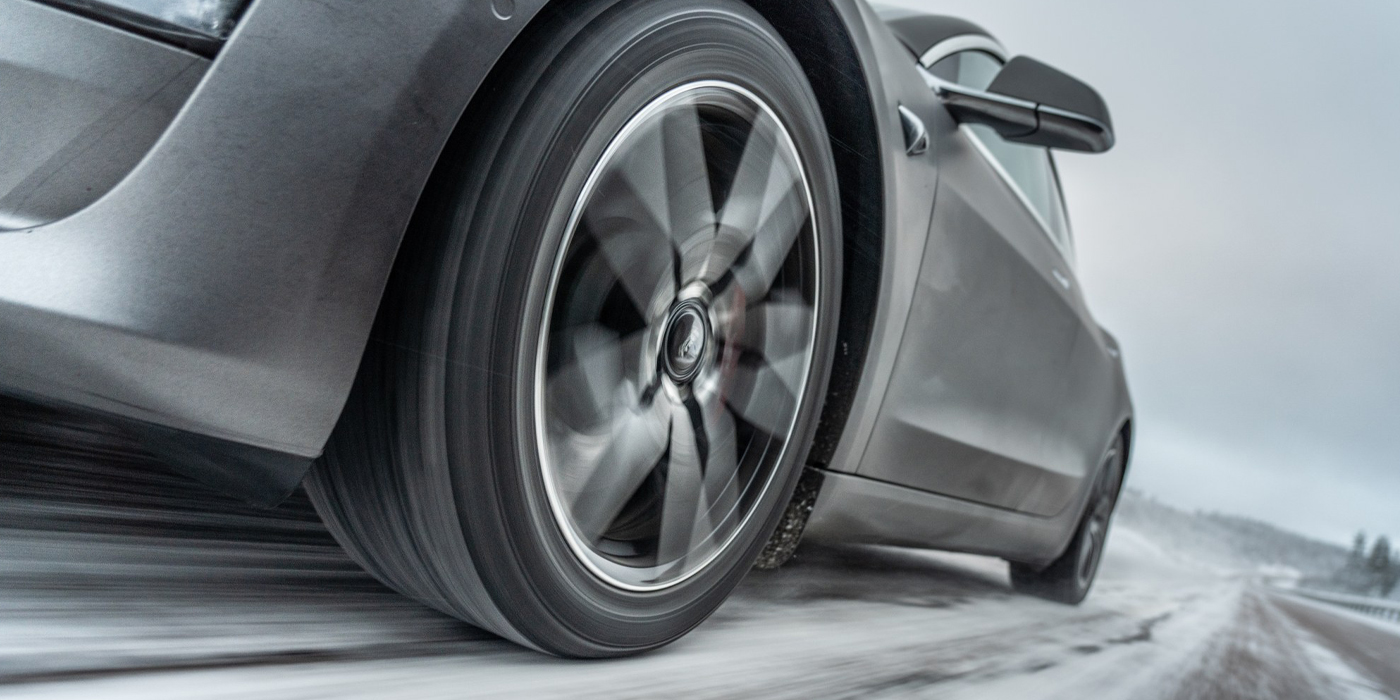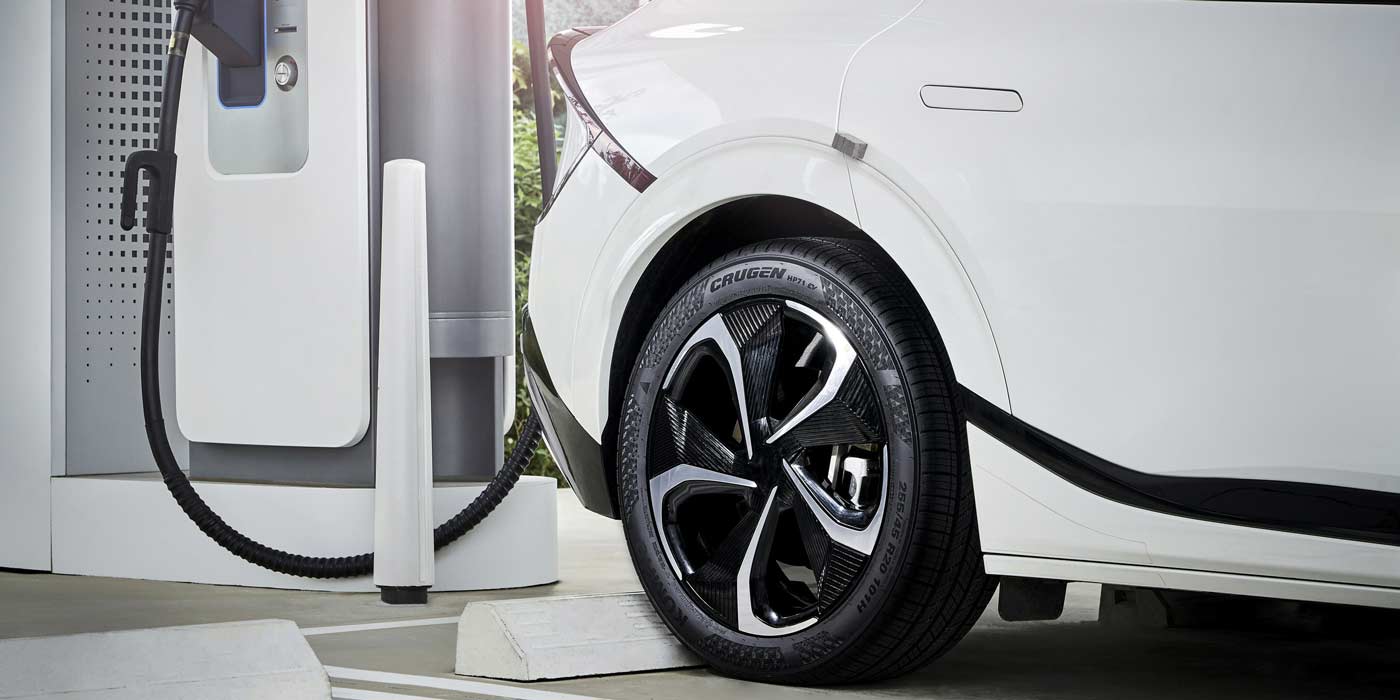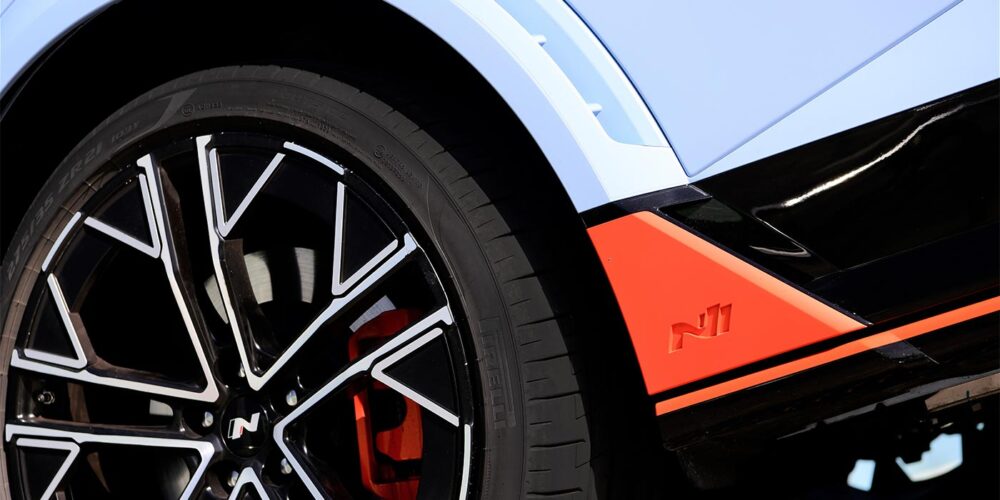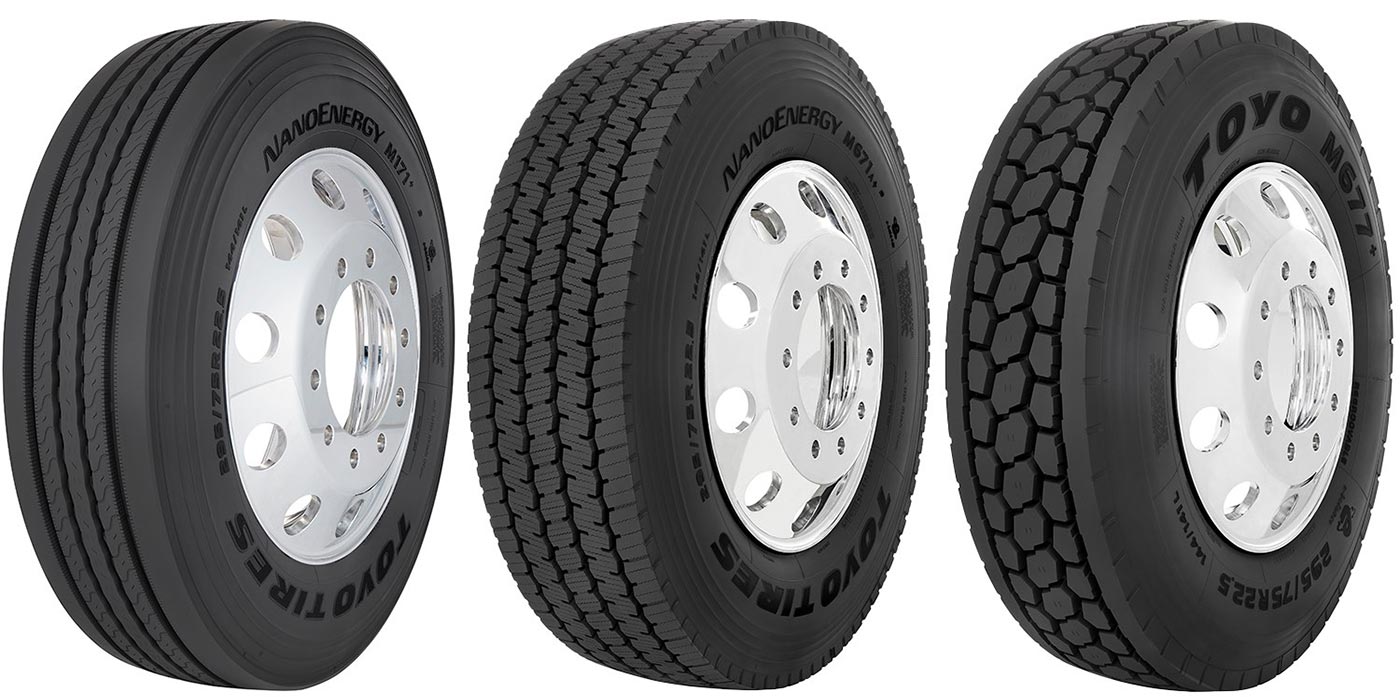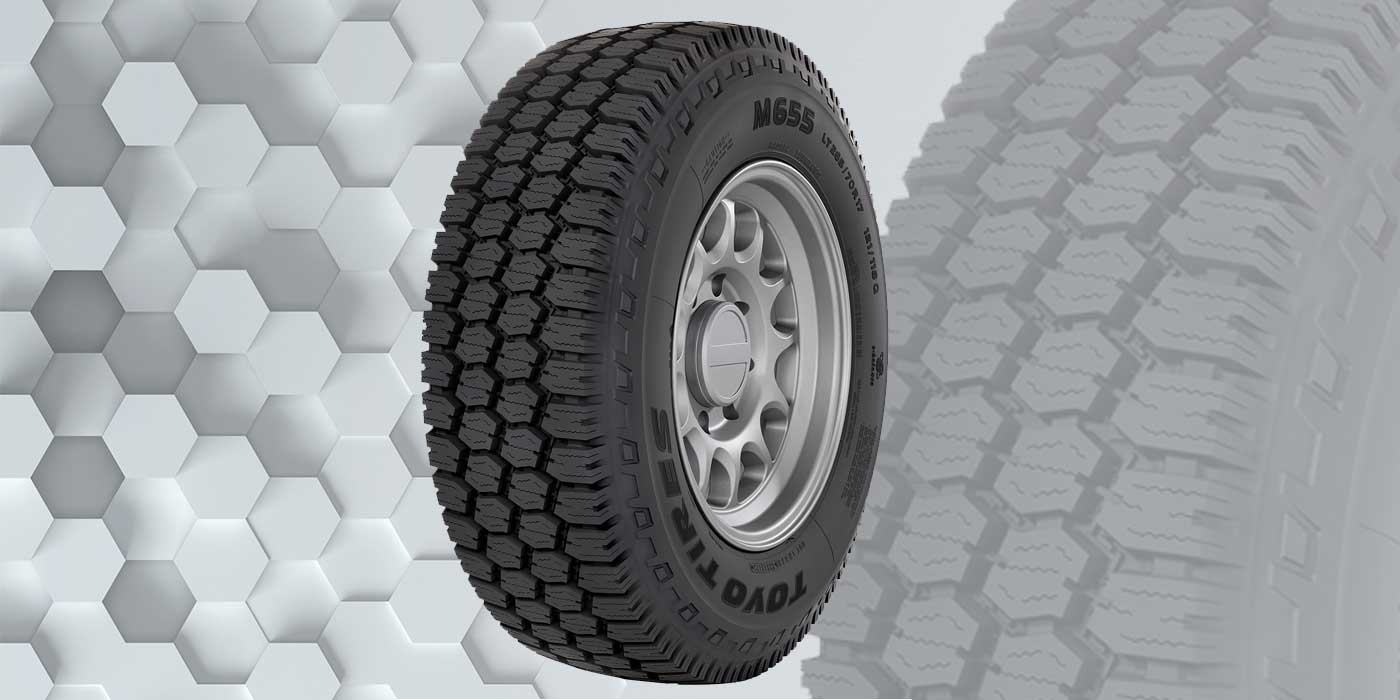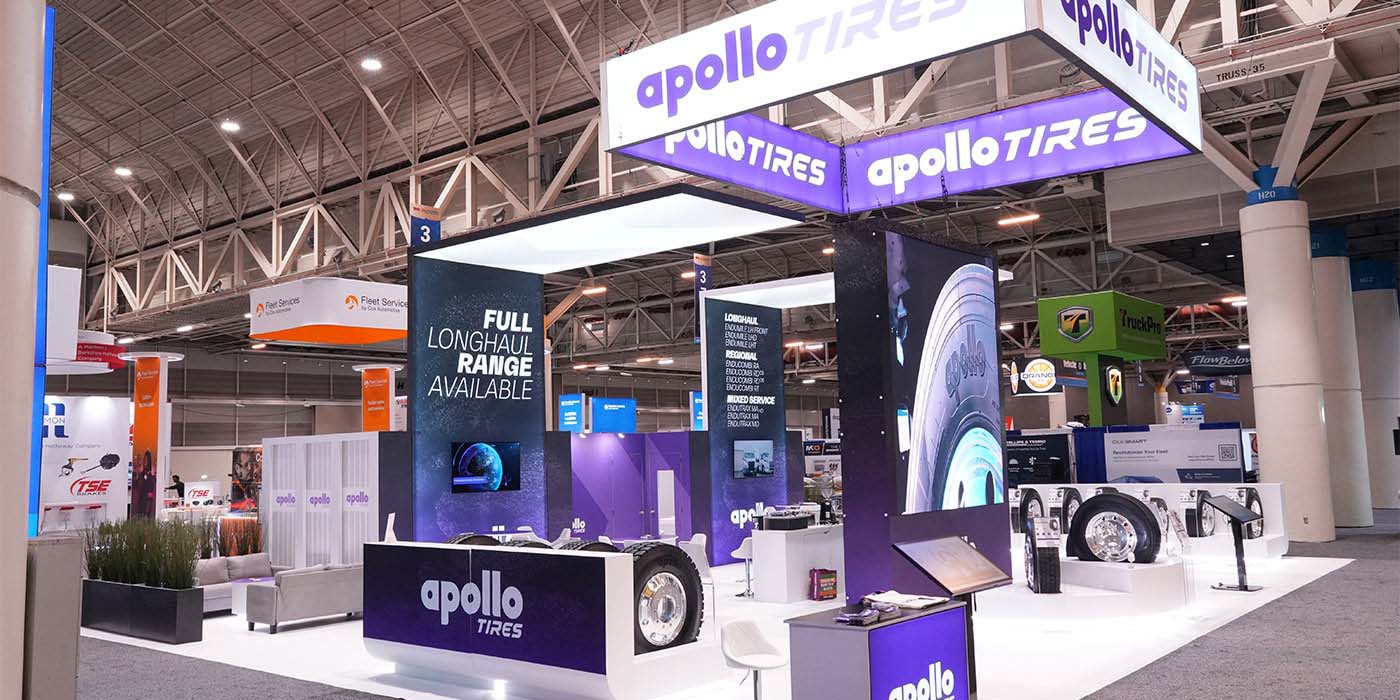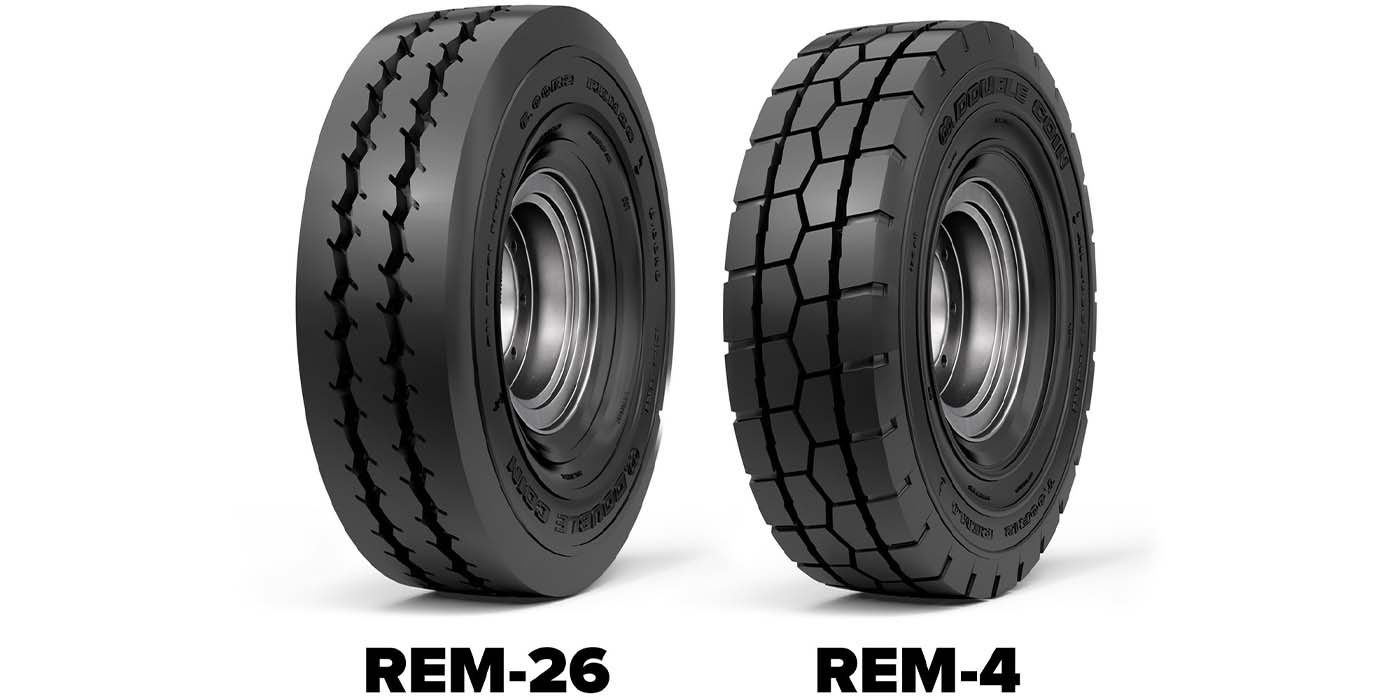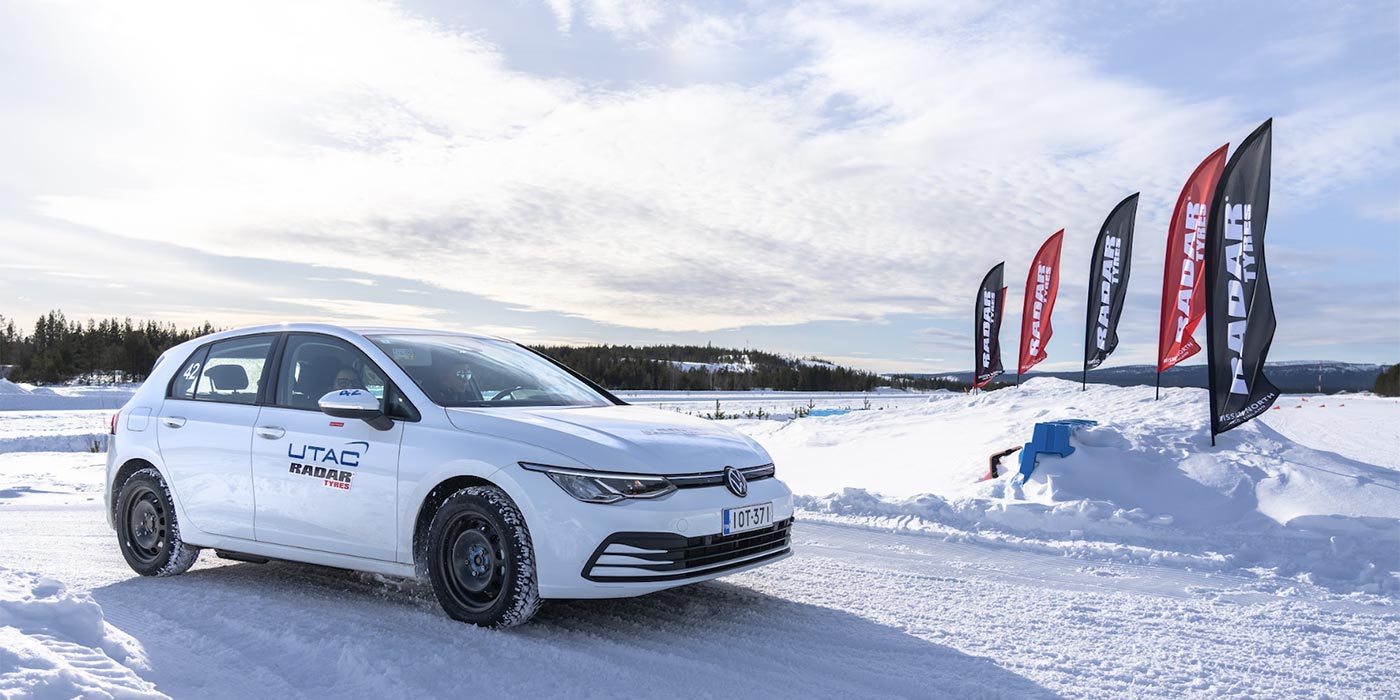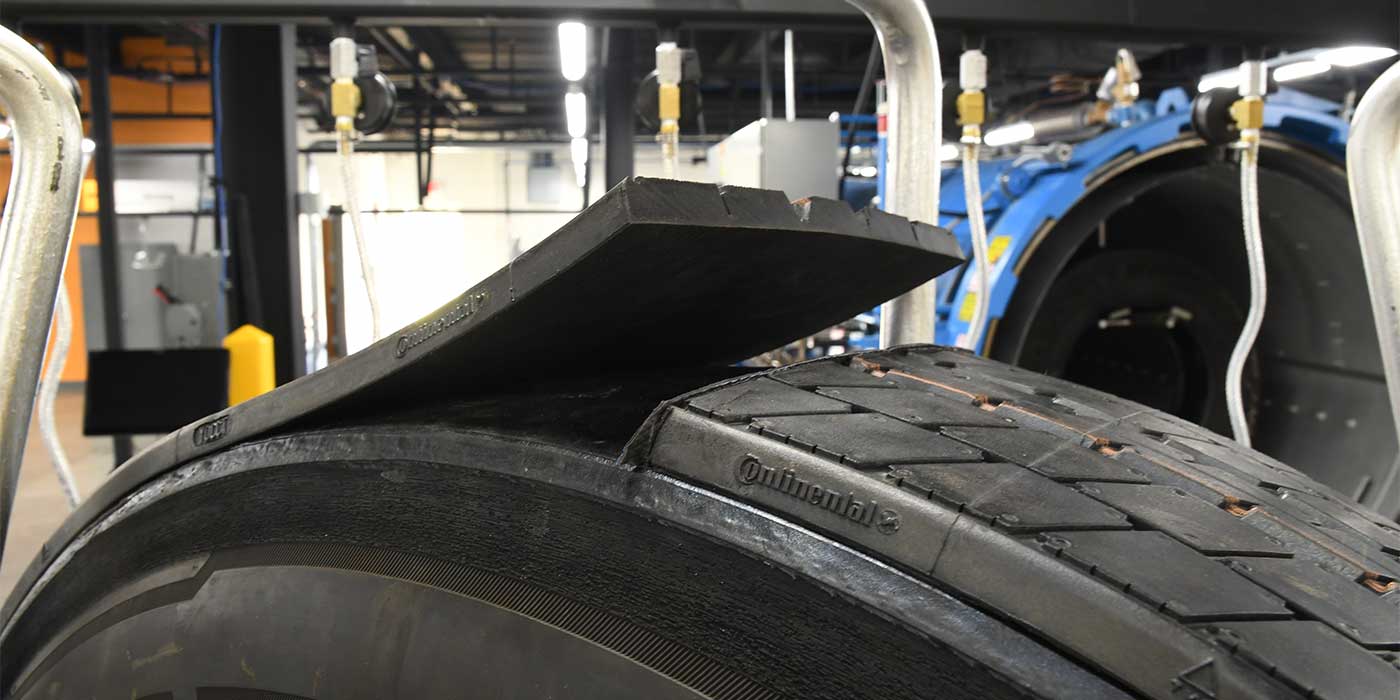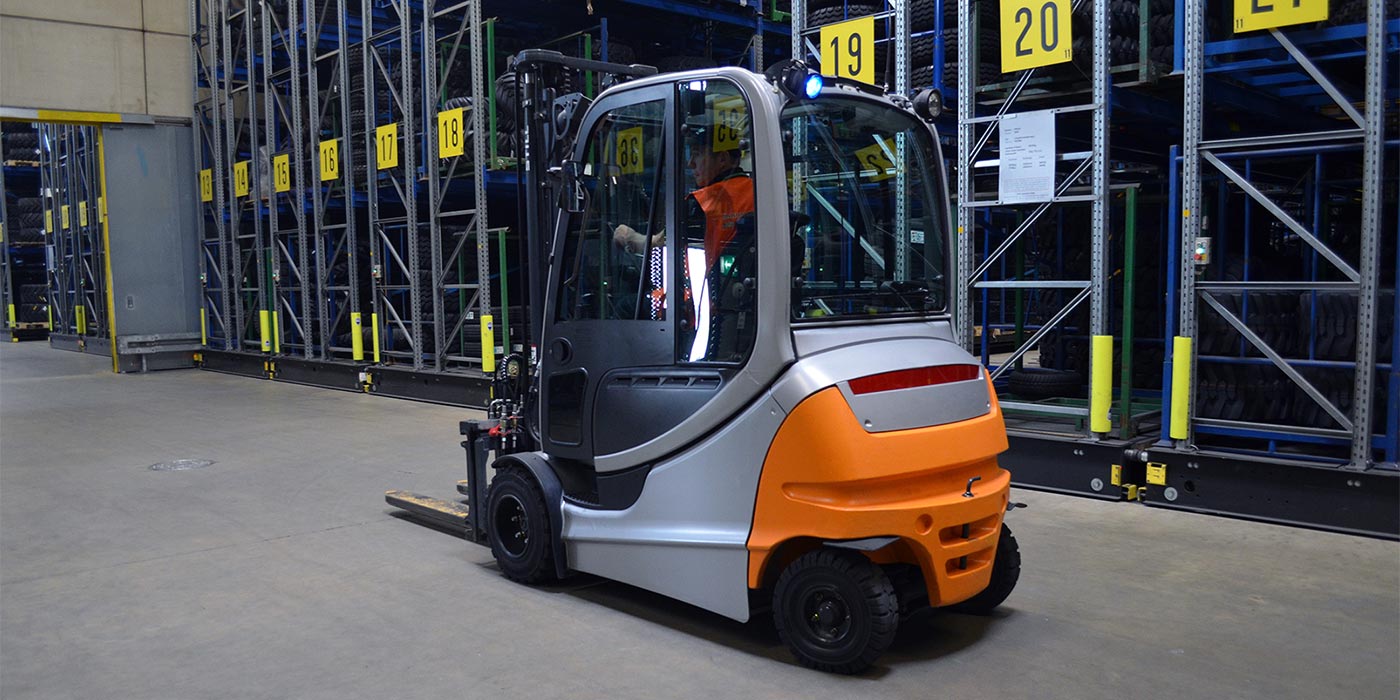All good tire people know that proper inflation is the lifeblood of tire durability.
It’s often taken for granted that modern radials, when properly maintained, perform admirably in demanding high-speed, line-haul service. That hasn’t always been the case, however, as some of the more experienced (read: older) maintenance managers might recall.
In the latter days of bias ply truck tires during the 1960s and 1970s, and even during early generations of line-haul radials, excessive heat was the arch enemy of high-speed truck tire durability. While that basic engineering relationship hasn’t changed, the industry has developed new rubber compounds, casing designs and lighter weight construction techniques that combine to reduce heat-related tire failures. Absent overloading and excessive speeds, heat-related failures have nearly become non-issues.
One noted exception can be found in tires fitted to passenger-carrying buses in frequent stop/start metro service. The main culprit here, though, is excessive brake heat that is transferred to the lower bead area of the tire. This contrasts with heat concerns in the tread, shoulder and upper-sidewall areas of high-speed, line-haul service tires.
A number of trends occurring in new over-the-road trucks, while certainly not alarming, are thought provoking among some seasoned tire people. First, the trend from larger rim diameter (24.5-inch) tires to smaller (22.5-inch and, in some cases, 19.5-inch) low profiles has resulted in a nearly complete conversion to reduced diameter sizes on new trucks.
This has been a good thing from the standpoint of fuel economy, improved aerodynamics (less space between the truck undercarriage and the ground/road surface) and size standardization (reduced inventory). Plus, application of the latest technology has allowed most development work by tire manufacturers to be concentrated in these sizes.
The smaller diameter tires do, however, turn more revolutions (from 3% to 4%) per mile, and the smaller tire/wheel assemblies have less open area (cooling air flow) available between the rim and axle-end brake components. While not major changes, it does mean that these tires tend to run hotter.
Enclosed Assemblies
Another trend emerging in the interest of improved aerodynamics is tighter enclosure of various fenders, fairings and other truck body parts surrounding the tire/wheel assembly. Since smooth, or laminar, air flow tends to reduce aerodynamic drag, care is taken in new-truck design to avoid turbulence or disrupted air flow. This includes panels surrounding and enclosing the tire/wheel assemblies.
These efforts to encase tractor tire/wheel assemblies can result in tire heat buildup. In racecars, this is often addressed by using ducting to force cooling air to the area inside the wheels where the brakes are housed. As body work on truck tractors continues to evolve in search of lower aerodynamic drag, added focus will be seen on improving air flow under and behind trailers.
Turbulence-reducing skirting – and resulting drag in these areas – will also have some effect on air flow available for trailer brake and tire/wheel assembly cooling.
Changing Regs
Engine compartment temperatures are also on the rise. Emission requirements effective in 2002 resulted in higher underhood temperatures. Upcoming 2007 engines – and revisions scheduled for 2010 – appear likely to continue this upward trend.
The net effect this will have on temperatures and cooling air flows around tire/wheel assemblies and other under-chassis components is not clearly defined, but it is reasonable to expect that air-flow temperatures exiting the engine compartment will be higher.
There are also expected revisions to FMVSS 121 that will require substantially shortened stopping distances for over-the-highway trucks. Reductions in the range of 20% to 30% from current distances will necessitate fitment of larger, more aggressive brakes. This will be especially true on steer axles, where single-mounted tires are typically deflected more, since they operate at a higher percentage of their rated load than drive and trailer axle duals.
Larger sized brakes will not only produce higher levels of wheel area heat but also allow less space for cooling air circulation in the area inside the wheel.
Load, inflation and tire deflection are the principal interrelated variables that affect tire durability. Of these, inflation is the most maintenance sensitive and controllable.
The industry is fortunate to have very durable, even somewhat forgiving, tire designs that work well in today’s operating conditions – provided inflation pressure maintenance and timely inspection for damage/needed repairs are adequate.
The combined effect of the trends mentioned above, and perhaps others, will likely raise tire/wheel temperatures somewhat. If this is true, proper tire/wheel maintenance becomes more important than ever, and programs to ensure adequate attention deserve a fresh evaluation.

